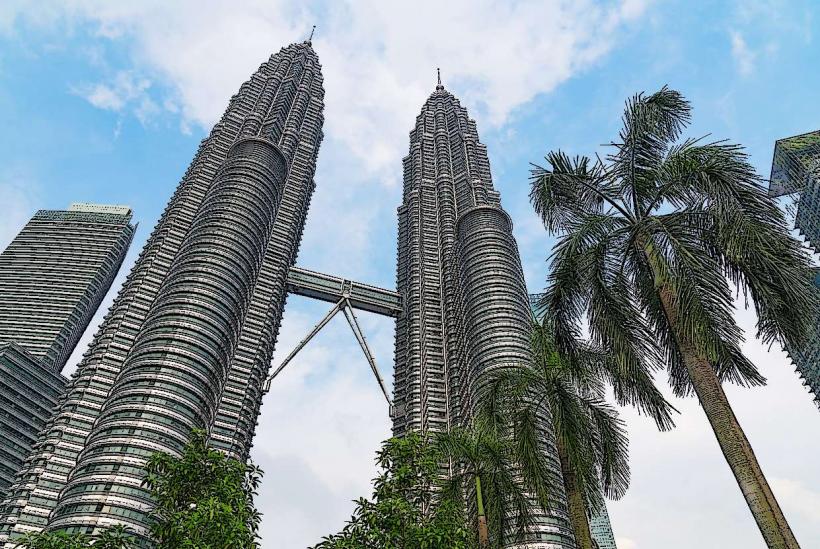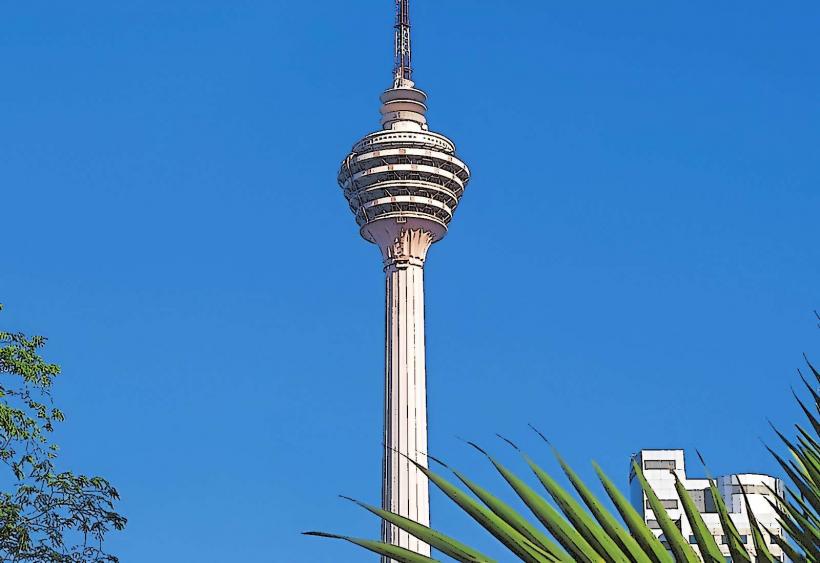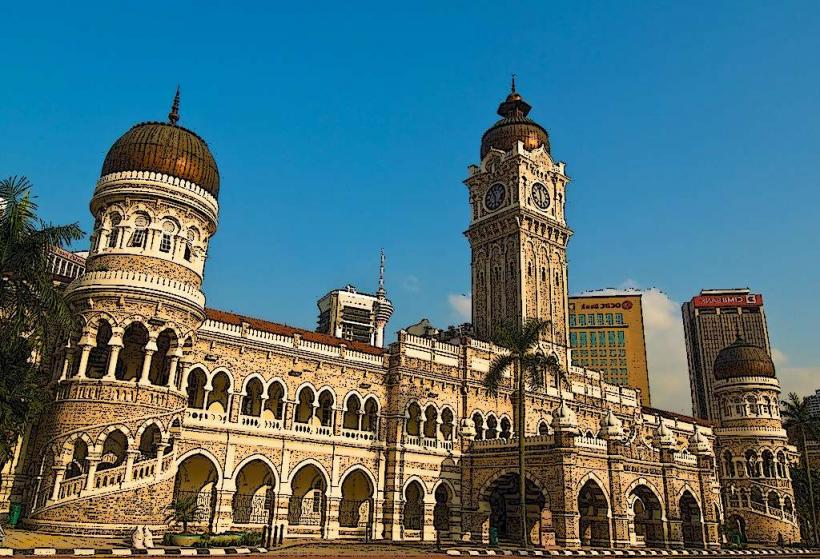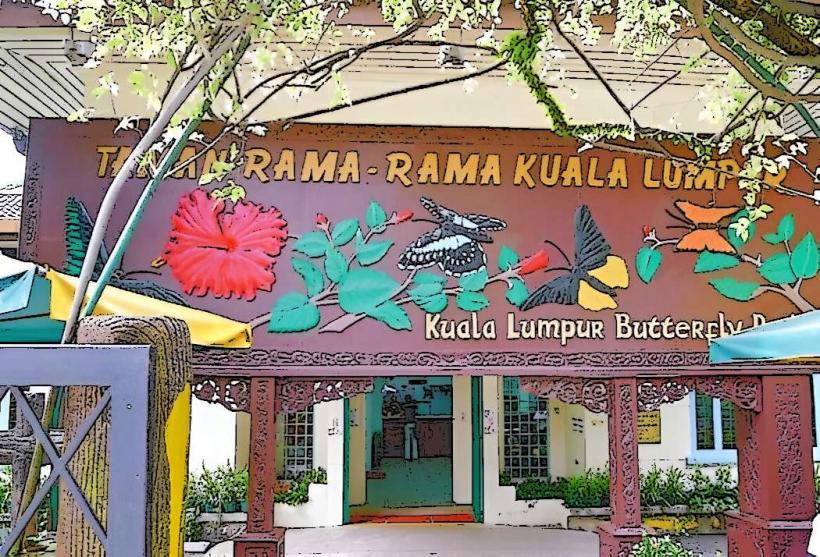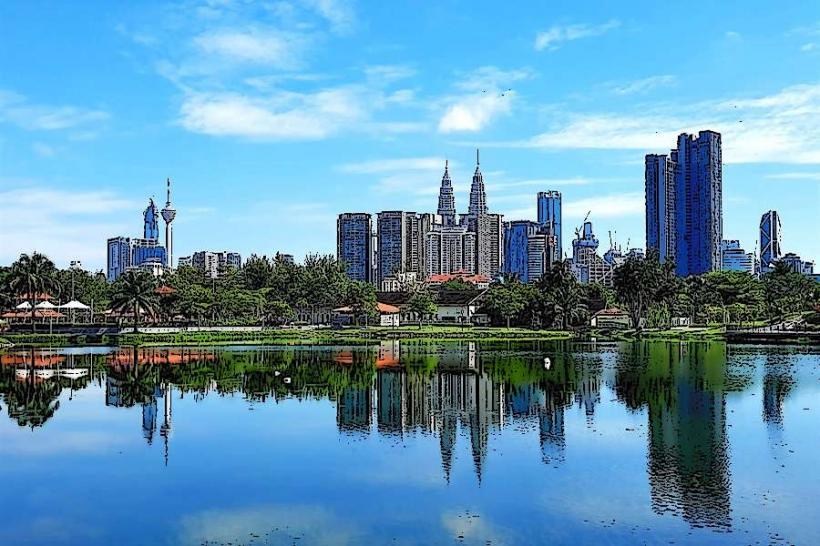Information
Landmark: KL Bird ParkCity: Kuala Lumpur
Country: Malaysia
Continent: Asia
The Kuala Lumpur Bird Park is one of the largest and most renowned bird parks in the world, known for its vast collection of exotic and local bird species. Located within the Lake Gardens (Taman Tasik Perdana) in the heart of Kuala Lumpur, it is a must-visit attraction for nature lovers, bird enthusiasts, and families.
1. Overview
- Name: Kuala Lumpur Bird Park (Taman Burung Kuala Lumpur)
- Location: Lake Gardens (Taman Tasik Perdana), Kuala Lumpur, Malaysia
- Established: 1991
- Area: Over 20.9 acres (approximately 8.4 hectares)
- Significance: The park is home to over 200 species of birds, both local and exotic, from regions like Southeast Asia, Africa, Australia, and South America. It is often referred to as the "World’s Largest Covered Bird Park" due to its expansive aviary areas.
2. Features and Highlights
1. Free-Flight Aviary
- The Free-Flight Aviary is one of the main attractions of the Kuala Lumpur Bird Park. It is one of the largest covered aviaries in the world, measuring 1.8 hectares and housing hundreds of birds in a natural, open-air environment.
- Visitors can observe the birds flying freely above them, creating a truly immersive experience. The aviary contains a mix of both local and exotic bird species, including hornbills, peacocks, parrots, and pigeons.
2. Hornbill Park
- The Hornbill Park features a dedicated section for Hornbill species, which are known for their striking appearance and large, colorful beaks. The park provides a naturalistic environment to support their well-being and allow visitors to observe these magnificent birds in close proximity.
3. Parrot Paradise
- The Parrot Paradise is a colorful section of the park that showcases various species of parrots. From Macaws to African Grey Parrots, visitors can interact with these playful and intelligent birds in a spacious, well-maintained aviary.
4. Flamingo Pond
- The Flamingo Pond is home to the flamboyant flamingos, with their striking pink feathers. The pond provides a serene atmosphere for these graceful birds to wade and preen while offering great photo opportunities for visitors.
5. Ostrich and Peafowl Area
- The park also features an area dedicated to ostriches, the world’s largest bird, and peafowls (including the Indian Peafowl, or Peacock). Visitors can watch these fascinating birds up close and observe their behaviors in an expansive open-air habitat.
6. Bird Shows and Feeding Sessions
- The Bird Show is one of the park’s most popular activities, where trained birds perform tricks and interact with trainers, showcasing their intelligence and agility. It’s a fun and educational experience for visitors of all ages.
- The park also offers feeding sessions, where visitors can feed various species of birds, including flamingos, parrots, and pigeons. It’s an interactive way to learn more about the birds’ behaviors and diets.
3. Conservation and Educational Programs
1. Bird Conservation
- The Kuala Lumpur Bird Park is committed to conserving endangered species of birds. The park participates in breeding programs and habitat restoration projects to help protect threatened species, including various hornbills, parrots, and eagles.
2. Educational Programs
- The park offers educational exhibits and programs designed to raise awareness about bird conservation and the role birds play in maintaining healthy ecosystems. The park also organizes school programs and guided tours to educate visitors about different bird species and their natural habitats.
3. Wildlife Rehabilitation
- In addition to conservation, the park is involved in wildlife rehabilitation, rescuing injured or orphaned birds and nursing them back to health. Some of these rehabilitated birds are eventually released back into the wild.
4. Visiting Information
Opening Hours
- Daily: 9:00 AM – 6:00 PM (last entry at 5:30 PM)
Admission Fees
- Adults: RM 63
- Children (3-12 years old): RM 42
- Seniors (60 and above): RM 42
Location
- Address: Kuala Lumpur Bird Park, Taman Tasik Perdana, Jalan Cenderawasih, Kuala Lumpur, Malaysia.
Accessibility
- The park is easily accessible by public transport, including the KL Hop-On Hop-Off tourist bus, which stops near the park. It is also within a short walking distance from the KL Sentral transit station.
- There is parking available near the entrance for visitors driving to the park.
5. Nearby Attractions
- Lake Gardens (Taman Tasik Perdana): A large, peaceful park with walking trails, gardens, and lakes, located right next to the Bird Park.
- Kuala Lumpur Butterfly Park: A neighboring attraction within the Lake Gardens, where visitors can explore a tropical butterfly sanctuary.
- Islamic Arts Museum Malaysia: A museum showcasing Islamic art and artifacts, located close to the Bird Park.
- National Mosque (Masjid Negara): Malaysia’s national mosque, known for its distinctive architecture, located nearby.
6. Interesting Facts
World’s Largest Covered Bird Park: The Kuala Lumpur Bird Park holds the title of the world’s largest covered bird park with a total of 20.9 acres dedicated to housing various bird species in an environment that mimics their natural habitats.
Bird Species: The park is home to over 200 species of birds, including some rare and endangered species from all over the world.
Bird Shows: The park is well-known for its entertaining and educational bird shows, where visitors can watch birds perform tricks and learn about their natural behaviors.
Family-Friendly: The park offers a family-friendly environment with numerous interactive activities such as feeding sessions, bird shows, and the chance to interact with various bird species, making it an ideal destination for children and adults alike.
Conservation Efforts: The Kuala Lumpur Bird Park is involved in the conservation of endangered bird species, including through breeding programs and habitat restoration efforts.
The Kuala Lumpur Bird Park is a wonderful destination for bird lovers, families, and anyone looking to experience the beauty and diversity of avian life. With its wide variety of bird species, lush landscapes, and educational programs, it provides a unique and enriching experience that highlights the importance of conservation and biodiversity.

